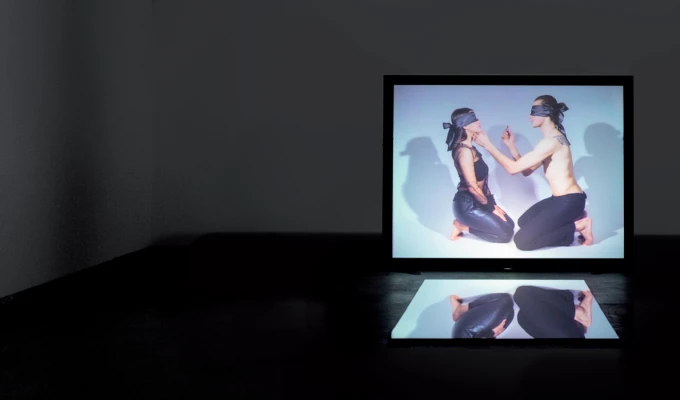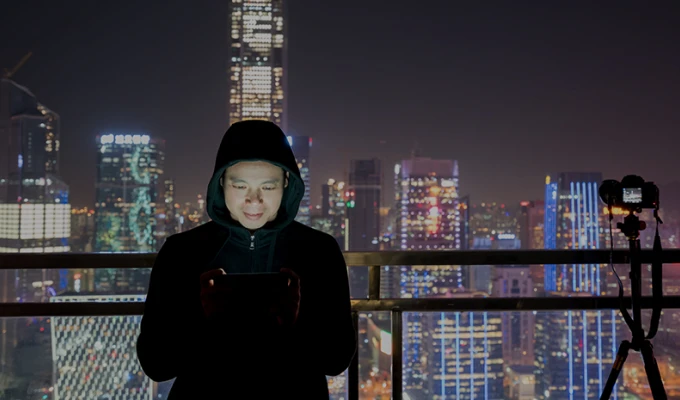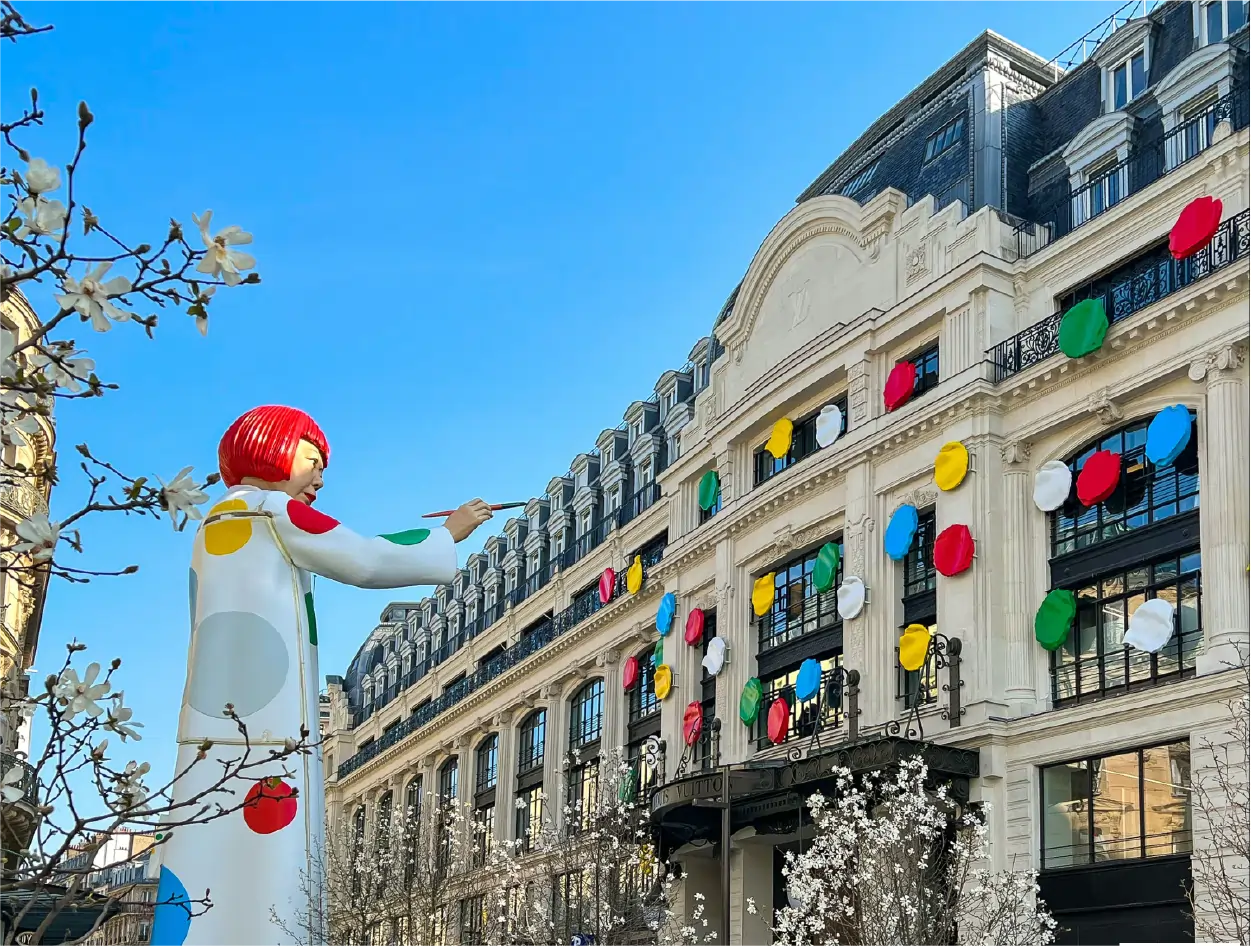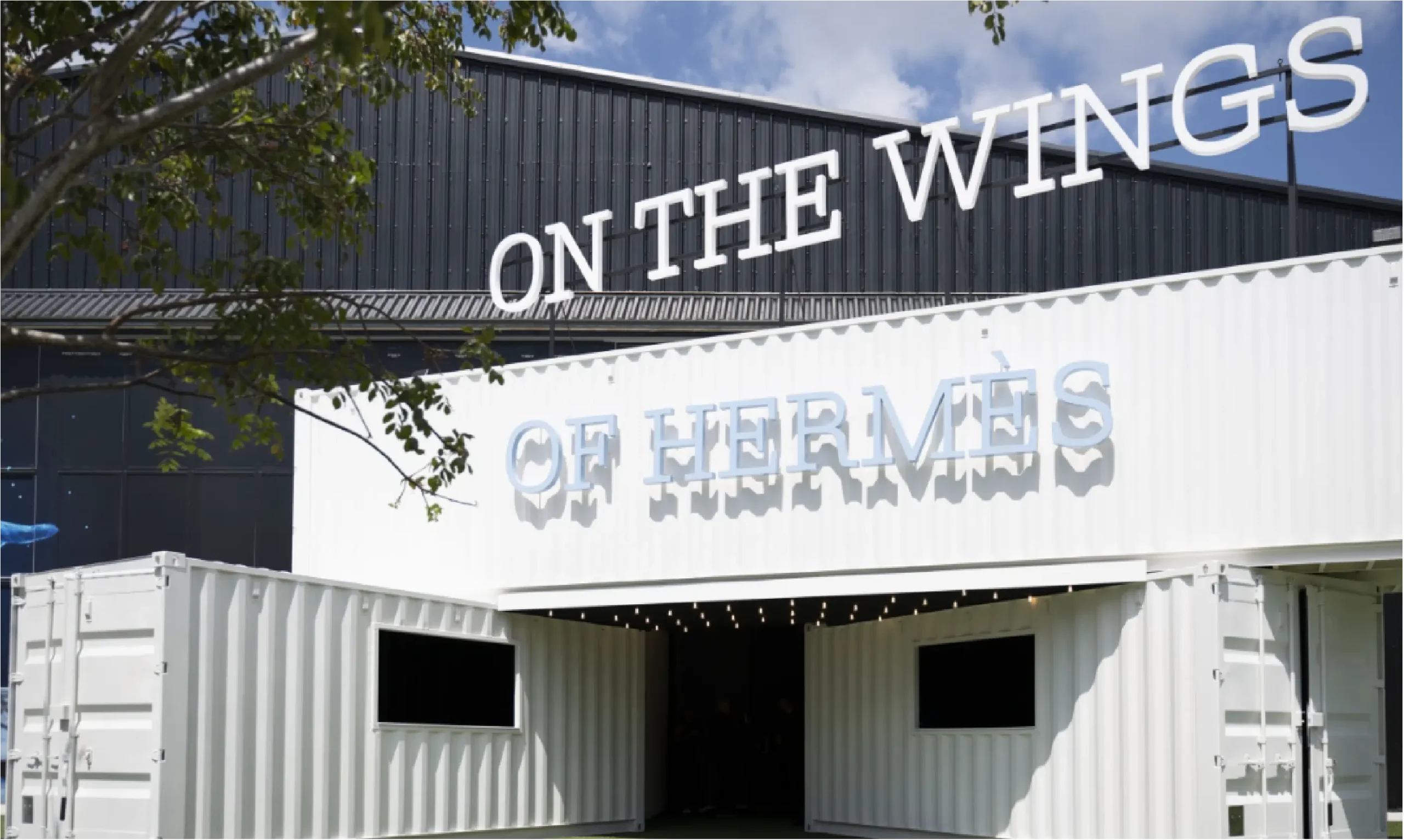Augmented Realities & Fashion Students
As spaces like the Metaverse and OBSESS begin to take form, this sparks conversions about software programs and digital apps for the use of design. While pencil and paper still hold weight in an analog world for design- as we move into more digital advancement, we have also seen a rise in software-based design and creation. Many design software are available that align with garment curation advancement via 3D creation. At Istituto Marangoni Miami, after a few hands-on pattern-cutting courses, we work with CLO 3D. In November of 2022, Marangoni teamed up with Halston to create and showcase pieces inspired by Halston for the “With Love Halston” non-profit foundation to be showcased for Art Basel. This contest was a collaboration between students and the Halston brand to create garments that best spoke to what they believed Halston would be creating now while still honoring his principles and celebrating him as a whole.
CLO 3D & A “With Love Halston” Finalist
Students worked on their designs for several months, having two brainstorming sessions. One was within themselves as they designed original ideas, and the second was with the eight finalists and Halston team members who served as mentors for the project’s second phase. This collaboration was interesting because the final showcasing was done in person and presented by AI models within their CLO 3D programming. I had the opportunity to interview one finalist Maria Cacciatore, who gave me an inside scoop on working with CLO 3D for her “With Love Halston” designs.
What was your design concept for this competition? – “My vision specifically was how do I create something both youthful and timeless, but also celebratory. I knew this piece was being used to commemorate a legend in the industry and felt the design needed to be an art piece on its own. The dress ended up being a great representation of both my personality and Halston’s.”
How did CLO 3D play into your design process? – “CLO allows you to see the fit and proportions on an avatar with real-life measurements. Therefore, it eliminated the trial and error of sizing. I only had to make one sample to make sure it translated correctly in real life, and with only a few small changes, I got the final piece made. CLO isn’t 1000% accurate, so some adjustments must be made. So it’s easier and faster to make changes on CLO than with a paper pattern.”
What would you say if you had to describe CLO 3D software to your youngest sibling? – “CLO 3D is software on the computer that allows you to digitize and make patterns. A 3D Avatar allows you to visualize how the garment would translate in real life. CLO 3D allows you to create a 2D pattern on one side and visualize it on the avatar on the other side. It makes the process of creating what you want easier as you see it on an avatar with real-life measurements. It eliminates errors you would have when making a pattern, making a sample, and trying it on a model. This gives a better representation of what the garment will look like. It also eliminates human error and enables you to create better and more accurate shapes and sewing because of all the features and tools.”
Has CLO changed your designing process approach since the competition? In what ways? – “I have become more comfortable with the software and more independent. Since I am creating more patterns with CLO, I am beginning to train my mind to see how I would construct something on CLO when I see my sketch. Knowing pattern making allows you to design better and more realistically.”






0 Average rating (0 reviews)